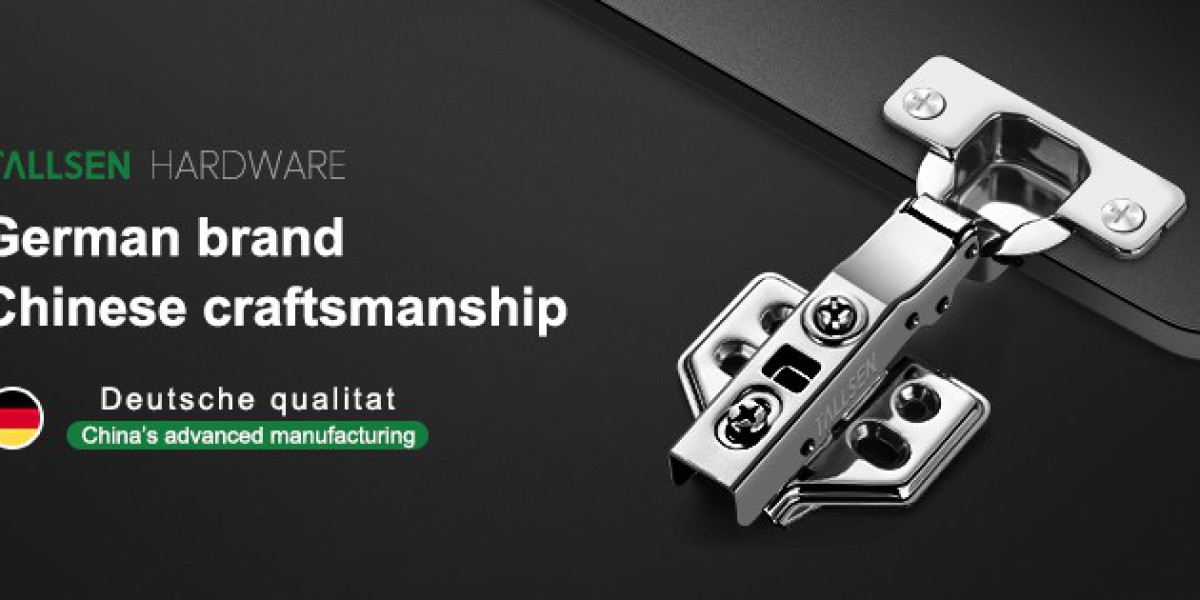1. Consider the Type of Slide
There are several types of drawer slides available, each suited for different applications. The most common types are:
Ball-Bearing Slides: These are widely regarded for their smoothness and durability. They feature ball bearings that reduce friction, making them ideal for heavier drawers. Ball-bearing slides can support a significant weight and are often used in kitchen drawers, filing cabinets, and other furniture that needs to withstand frequent use.
Soft-Close Slides: These slides automatically slow the drawer as it closes, preventing it from slamming shut. This is an excellent feature for maintaining a quiet environment, and it also helps to prolong the life of both the drawer and the slide. Soft-close slides are commonly used in kitchens, bathrooms, and any furniture designed for high-end cabinetry.
Side-Mount Slides: Mounted on the sides of the drawer, these are some of the most common and cost-effective options. They are easy to install and come in both ball-bearing and roller varieties. Side-mount slides are ideal for a wide range of applications, from residential to commercial furniture.
Undermount Slides: These slides are installed underneath the drawer, making them less visible than side-mount options. This feature makes them perfect for high-end furniture and cabinets where aesthetics are important. Undermount slides are often paired with soft-close mechanisms to create a premium experience.
2. Determine Weight Capacity
The weight capacity of the drawer slides is a critical consideration. If you're installing slides for heavy drawers, such as those used for storing kitchen utensils, tools, or office files, you’ll need slides that can support a heavier load. Be sure to check the weight ratings of the slides you're considering and match them to the expected load of your drawers. Overloading your slides can lead to wear and tear, causing them to malfunction or break.
3. Consider Drawer Size and Extension
Drawer size plays an essential role in selecting the right slide. For deeper or larger drawers, you will need heavy-duty slides that can support the additional weight. Additionally, consider the extension type: Full-extension slides allow the drawer to open completely, giving you access to the entire contents of the drawer. Partial-extension slides, on the other hand, allow the drawer to open only partway, which can work for smaller drawers or when complete access isn’t necessary.
4. Installation Process
When choosing drawer slides, it’s also important to consider the installation process. Some slides are easier to install than others, especially for DIY projects. Side-mount slides are often simpler to install, while undermount slides may require more precision and expertise. Make sure you have the right tools and skills for the installation process, or consider seeking professional assistance if needed.
5. Aesthetic and Functionality
Lastly, the aesthetics of your project may influence the type of drawer slides you choose. For example, undermount slides offer a cleaner, more modern look because they’re hidden from view. On the other hand, side-mount slides may be visible and could impact the overall appearance of your furniture. Think about how the slides will look when the drawer is open, and choose an option that fits with your design preferences.
Conclusion
Choosing the right drawer slides is crucial for the smooth functioning of your drawers and the overall success of your furniture project. By considering the type of slide, weight capacity, drawer size, extension, and installation process, you can make an informed decision that will ensure your furniture operates as intended. If you’re looking for a reliable source of quality drawer slides, check out the Drawer Slides Supplier for a wide range of options to suit your needs.
Investing in quality drawer slides will not only improve the functionality of your furniture but also contribute to its durability and long-term performance.



